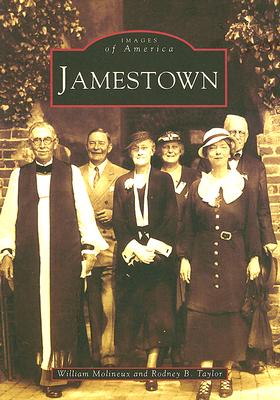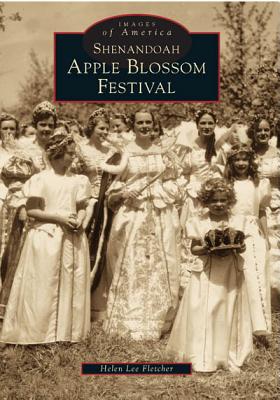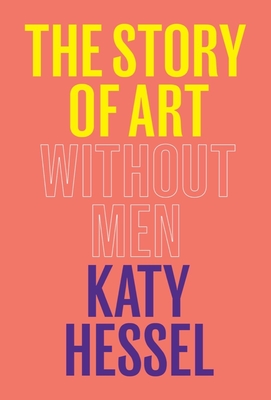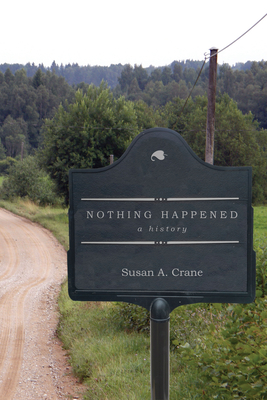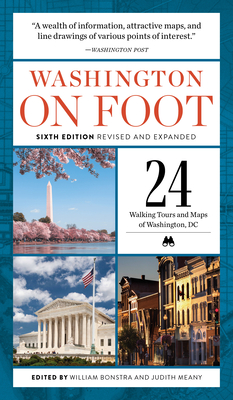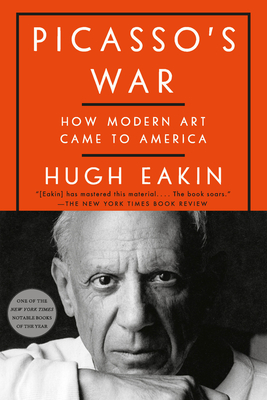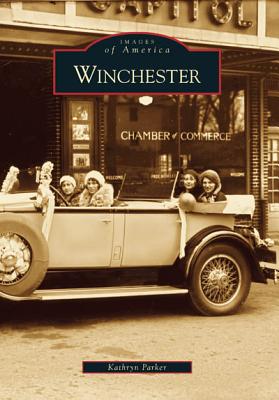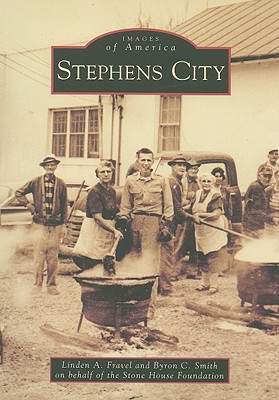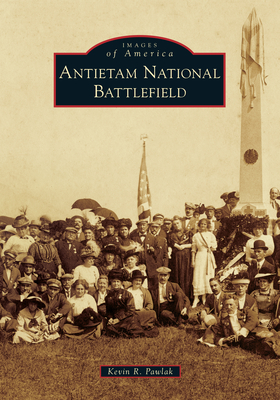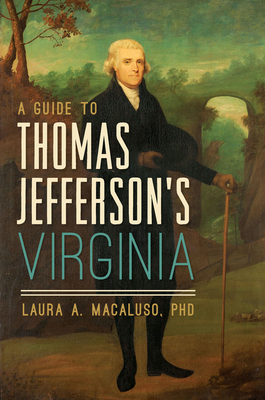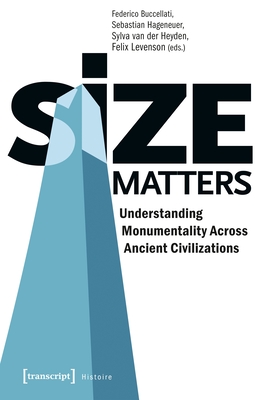
Size Matters: Understanding Monumentality Across Ancient Civilizations (Histoire)
Current price:
$63.00
Publication Date: September 27th, 2019
Publisher:
Transcript Publishing
ISBN:
9783837645385
Pages:
380
Usually Ships in 1 to 5 Days
Description
When talking about monuments, size undeniably matters - or does it? But how else can we measure monumentality? Bringing together researchers from various fields such as archaeology, museology, history, sociology, Mesoamerican studies, and art history, this book discusses terminological and methodological approaches in both theoretical contributions and various case studies. While focusing on architectural aspects, this volume also discusses the social meaning of monuments, the role of forced and free labor, as well as textual or inscriptual monumentality. The result is a modern interdisciplinary take on an important concept which is notoriously difficult to define.
Other Books in Series
Material Cultures of Psychiatry (Histoire)
Paperback
Accidents and the State: Understanding Risks in the 20th Century (Histoire)
Paperback
Hippolyte Fizeau: Physicist of the Light (Sciences Et Histoire)
Paperback
Gaston Contremoulins, 1869 - 1950: Visionary Pioneer of Radiology - Forgotten Heritage (Sciences Et Histoire)
Paperback
Monopsychism Mysticism Metaconsciousness: Problems of the Soul in the Neoaristotelian and Neoplatonic Tradition (Archives Internationales D'Histoire Des Id #2)
Paperback
Post and Courier Service in the Diplomacy of Early Modern Europe (Archives Internationales D'Histoire Des Id #3)
Paperback
Virginitas: An Essay in the History of a Medieval Ideal (Archives Internationales D'Histoire Des Id #17)
Paperback
Thomas Reid's Lectures on the Fine Arts: Transcribed from the Original Manuscript, with an Introduction and Notes (Archives Internationales D'Histoire Des Id #7)
Paperback
Monopsychism Mysticism Metaconsciousness: Problems of the Soul in the Neoaristotelian and Neoplatonic Tradition (Archives Internationales D'Histoire Des Id #2)
Paperback
Internment Refugee Camps: Historical and Contemporary Perspectives (Histoire)
Paperback
The Social Philosophy of Adam Smith (Archives Internationales D'Histoire Des Id #8)
Paperback
Two Years of French Foreign Policy: Vichy, 1940-1942
Hardcover
Forming the Modern Turkish Village: Nation Building and Modernization in Rural Turkey During the Early Republic (Histoire)
Paperback
The Rhyme and Reason of Politics in Early Modern Europe: Collected Essays of Herbert H. Rowen (Archives Internationales D'Histoire Des Idees/ International #132)
Hardcover
The Letters of Dominique Chaix, Botanist-Cura(c) (Archives Internationales D'Histoire Des Idees = #151)
Hardcover
Lake Prespa, North-Western Greece: A Unique Balkan Wetland (Archives Internationales D'Histoire Des Idees #122)
Hardcover
Lothar Franz Von Schönborn and the Diplomacy of the Electorate of Mainz: From the Treaty of Ryswick to the Outbreak of the War of the Spanish Successi (Archives Internationales D'Histoire Des Id #5)
Paperback
Pierre Nicole, Jansenist and Humanist: A Study of His Thought (Archives Internationales D'Histoire Des Id #1)
Paperback
Gilbert Sheldon: Architect of Anglican Survival, 1640-1675 (Archives Internationales D'Histoire Des Id #12)
Paperback

